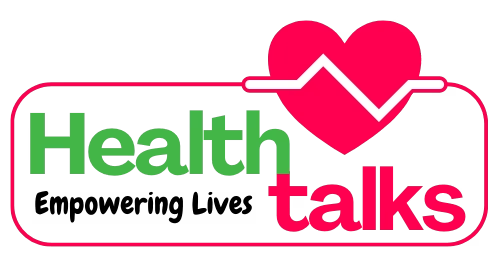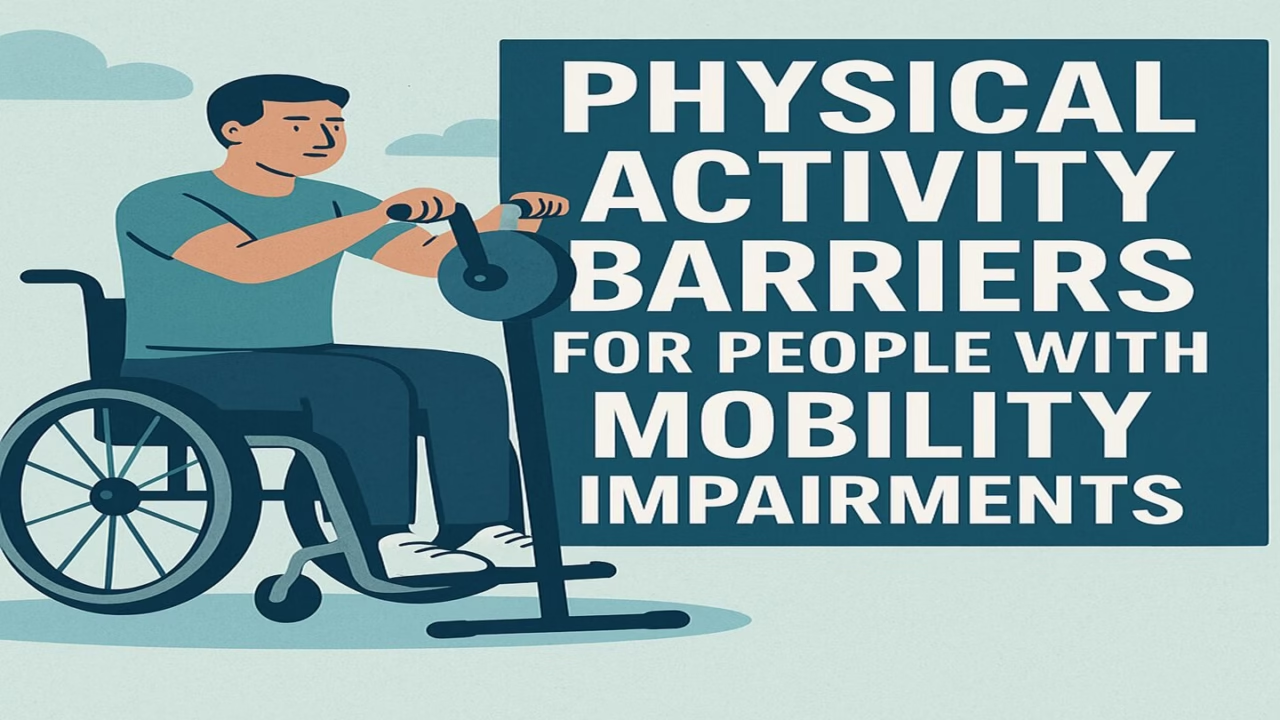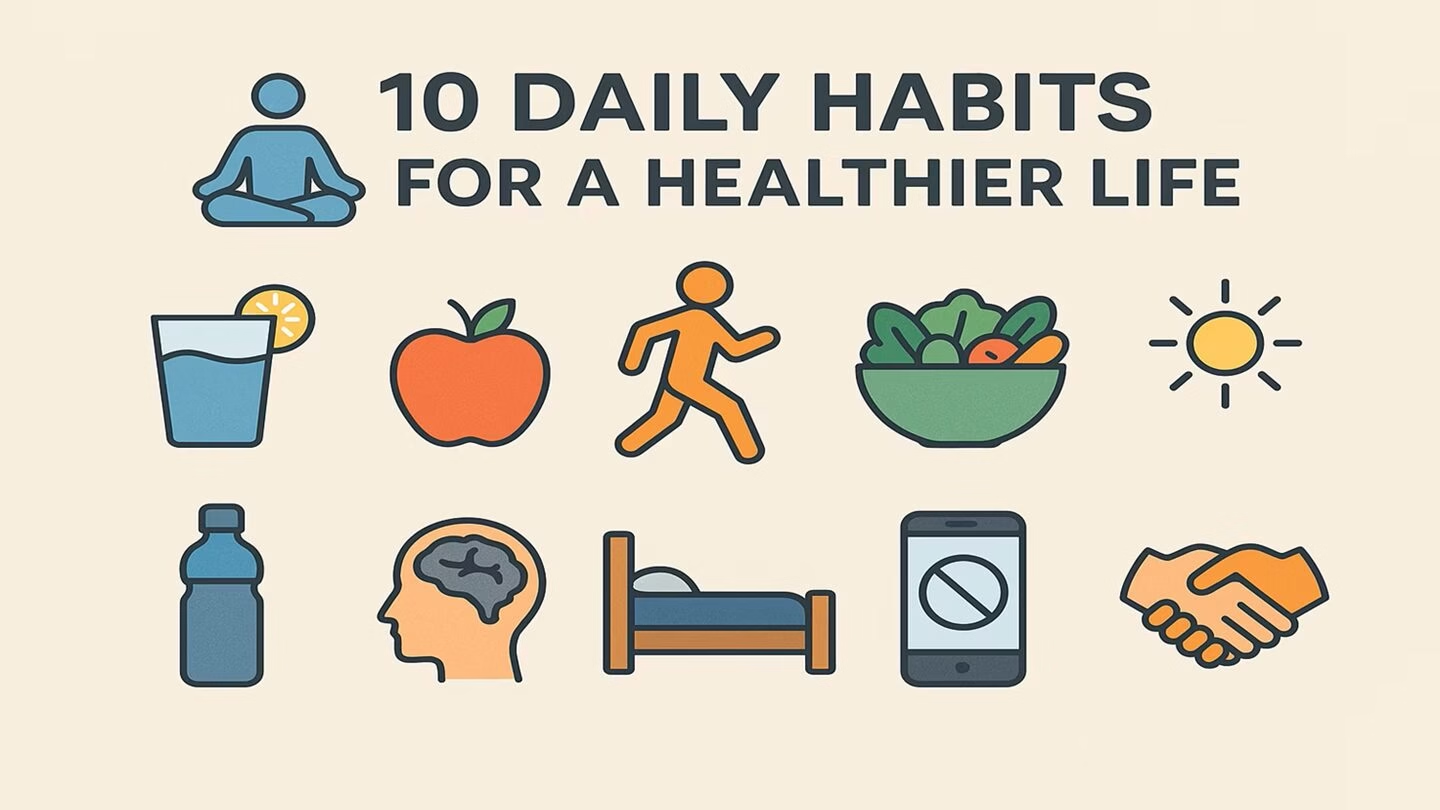Introduction
Headaches are one of the most common health complaints worldwide, affecting people of all ages. While most headaches are not serious and can be managed at home, some may signal underlying medical conditions that require professional attention. Understanding the different types of headaches, how they are diagnosed, and what you can do to manage them at home can help you make informed decisions about your health.
Common Types of Headaches
Headaches can be broadly categorized into primary and secondary types:
1. Primary Headaches
These are not caused by another medical condition. They include:
- Tension Headaches
The most common type. They usually cause a dull, aching pain on both sides of the head. Stress, anxiety, or poor posture often contribute to tension headaches. - Migraine
A neurological condition characterized by intense, throbbing pain—often on one side of the head—accompanied by nausea, vomiting, and sensitivity to light or sound. Some people may experience an “aura” before the headache begins. - Cluster Headaches
These are extremely painful headaches that occur in cyclical patterns or “clusters,” often around one eye. They are less common but highly intense.
2. Secondary Headaches
These result from another health issue, such as:
- Sinus Headaches
Caused by inflammation in the sinuses, often following a cold or allergic reaction. - Medication Overuse Headaches
Triggered by frequent use of headache relief medications, ironically causing more frequent headaches. - Headaches Due to High Blood Pressure
Often occur in the morning and may be accompanied by blurred vision or chest pain. - Post-Traumatic Headaches
These can follow head injuries and may persist for weeks or months.
Diagnosing a Headache
Accurate diagnosis is essential for effective treatment. Doctors typically take the following steps:
- Medical History
A doctor will ask about headache frequency, intensity, duration, triggers, family history, and any accompanying symptoms. - Physical and Neurological Examination
Includes checking for signs of infection, visual problems, or neurological deficits. - Imaging Tests (if needed)
- CT Scan or MRI may be recommended if a more serious condition is suspected, such as a tumor, bleeding, or structural brain issue.
- Blood Tests
To rule out infections or inflammatory conditions.
When to Seek Immediate Medical Help
You should consult a doctor immediately if your headache is:
- Sudden and severe (“thunderclap headache”)
- Accompanied by confusion, weakness, vision problems, or loss of consciousness
- Following a head injury
- Associated with a stiff neck and fever (possible sign of meningitis)
- Persistent and worsening over time
Home Management and Prevention
While medical evaluation is key, many headaches—especially tension and mild migraines—can be managed at home with lifestyle changes and natural remedies.
1. Stay Hydrated
Dehydration is a common headache trigger. Drink at least 6–8 glasses of water a day.
2. Rest and Sleep
Lack of sleep or poor sleep quality can trigger headaches. Aim for 7–9 hours of restful sleep each night.
3. Manage Stress
Stress is a major contributor. Techniques like deep breathing, yoga, or mindfulness meditation can help.
4. Apply Cold or Warm Compress
- Cold compress: Effective for migraines.
- Warm compress: Helpful for tension or sinus headaches.
5. Caffeine (in moderation)
A small amount of caffeine may relieve some headache types, especially when taken early. However, overuse can lead to withdrawal headaches.
6. Avoid Triggers
Keep a headache diary to identify foods, activities, or environmental factors that may be causing headaches (e.g., strong smells, processed foods, loud noise).
7. Over-the-Counter Medications
Acetaminophen, ibuprofen, or aspirin can help in many cases. Always follow dosing instructions and avoid overuse.
Natural Remedies to Consider
- Peppermint oil applied to the temples may relieve tension.
- Ginger tea can help reduce migraine-related nausea.
- Magnesium supplements, under doctor’s supervision, may prevent migraines.
Conclusion
Headaches are a common but often manageable condition. By understanding the type of headache you experience, keeping track of triggers, and adopting healthy lifestyle habits, you can significantly reduce their frequency and severity. However, it’s crucial to remember that persistent or unusual headaches require medical evaluation to rule out serious conditions.
Always consult your doctor for a personalized diagnosis and treatment plan.
ABOUT THE AUTHOR
Dr. Alex Sam is a passionate healthcare professional with an MBBS and MRCGP degree and a strong commitment to modern medicine. Known for his empathetic approach, he emphasizes listening to his patients and understanding their unique health concerns before offering treatment. His areas of focus include family medicine and general health management, where he strives to provide holistic care that improves both physical and mental well-being. Dr. Alex is also a strong advocate for preventive screenings and early detection of diseases, ensuring his patients maintain healthier lives. With a calm demeanor and deep medical insight, he has earned the trust of both his patients and peers in the medical community.
















Add comment